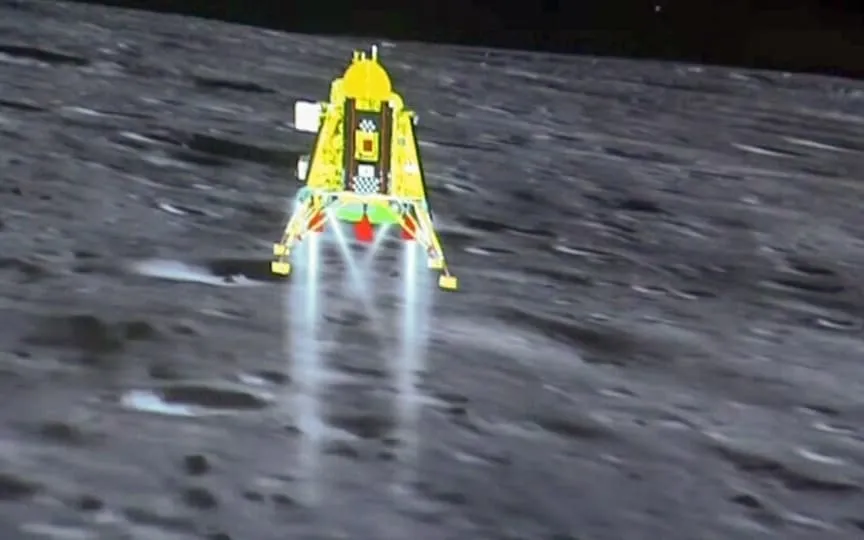Chandrayaan-3 Mission Continues with Vikram Lander Making Historic Moon Landing After 50 Years
India’s Vikram Lander, as part of the Chandrayaan-3 mission by ISRO, has made a significant milestone by successfully landing near the lunar south pole. This remarkable endeavor has not only enhanced our knowledge about the moon but also potentially revealed the initial signs of a moonquake after almost half a century.
The Vikram lander, equipped with various scientific instruments, including the Pragyan rover, will provide valuable information about the south polar region of the moon. Recently, Pragyan confirmed the presence of sulfur in the region, shedding light on the moon’s composition. However, the most fascinating discovery came from the Vikram Lander itself, when it detected seismic activity on the lunar surface on August 26, 2023, using ILSA (Instrument for Lunar Seismic Activity).
Moonquake
The Indian Space Research Organization (ISRO) immediately reported this seismic discovery on the X platform, describing it as a “natural event” and stating that the source was being investigated. This recording of seismic activity marks possibly the first moonquake recorded since the Apollo lunar missions of 1969-1977 detected similar events. These earlier discoveries explained the moon’s geological structure, revealing that it had a complex and layered composition, unlike the uniformly rocky Martian moons Phobos and Deimos.
Advances in analysis tools and computer models have allowed scientists to re-examine the data gathered from previous missions and finally explain in detail the mysterious interior of the Moon. A 2011 NASA study suggested that the Moon, like Earth, likely has a core of liquid iron surrounding a dense, solid ball of iron. Scientists suggested in May 2023 that molten mantle plumes could break away from the core, rising to the surface as lumps of iron, triggering moonquakes, as noted in a Live Science report.
Chandrayaan-3 is now in standby phase and both Vikram Lander and Pragyan Rover are idle. ISRO expects them to wake up by September 22 when the sun rises again at the moon’s south pole. Both Pragyan Rover and Vikram Lander continue the revival mission. ISRO hopes they will wake up when the sun enters the region where they are sleeping now.




